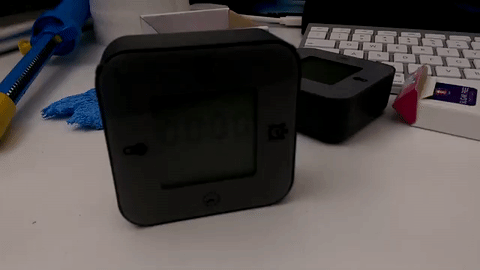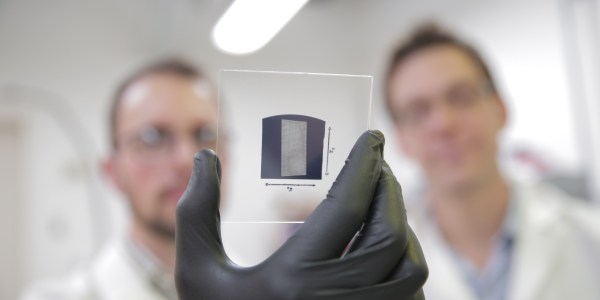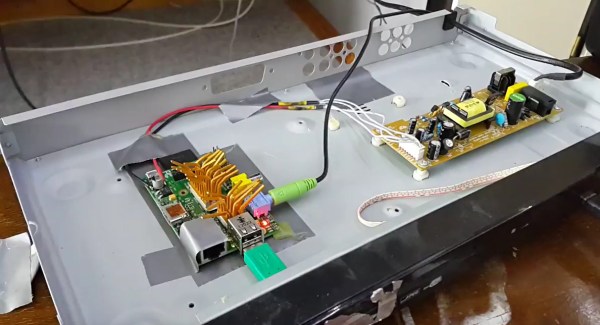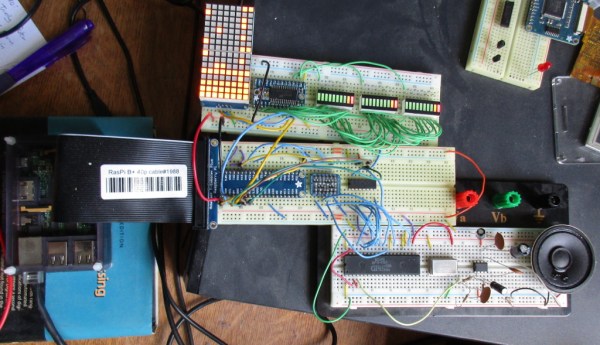Lucid dreaming is one of the rare psychological phenomenon terrible sci-fi frequently gets right. Yes, lucid dreaming does exist, and one of the best ways to turn a normal dream into a lucid dream is to fixate on a particular object, sound, or smell. For their Hackaday Prize entry, [Jae] is building a device to turn the electronic enthusiast community on to lucid dreaming. It’s a research platform that allows anyone to study their own dreams and access a world where you can do anything.
The core of this project is an 8-channel EEG used to measure the electrical activity in the brain during sleep. These EEG electrodes are fed into a 24-bit ADC which is sampled 250 times per second by an ARM Cortex M4F microcontroller. The captured data is recorded or sent to a PC or smartphone over a Bluetooth connection where a familiar sound can be played (think of the briefcase in Inception), or some other signal that will tell the dreamer they’re dreaming.
We’ve seen a few similar builds in the past, most famously a NeuroSky MindWave headset turned into a comfortable single-channel EEG-type device. The NeuroSky hardware is limited, though, and a setup with proper amplifiers and ADCs will be significantly more helpful in debugging the meatspace between [Jae]’s ears.






















